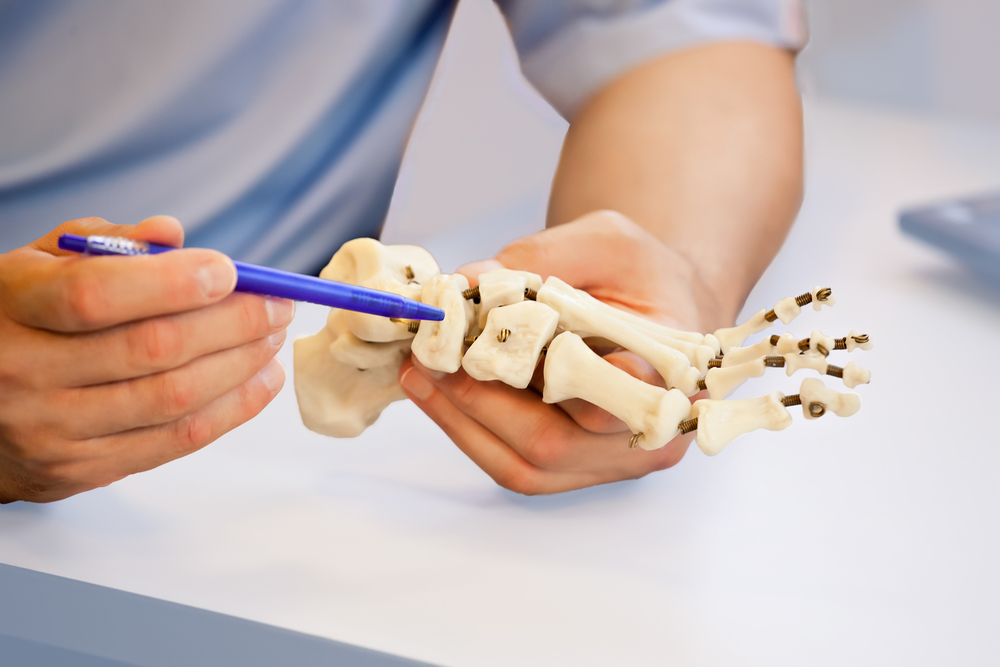
The foot and the diseases
Rheumatoid arthritis; gout; diabetes (prevention is essential to avoid skin damage); neurological disorders; circulatory disorders; benign tumors (synovial cysts: if discomfort in the shoe treatment by simple surgical removal).
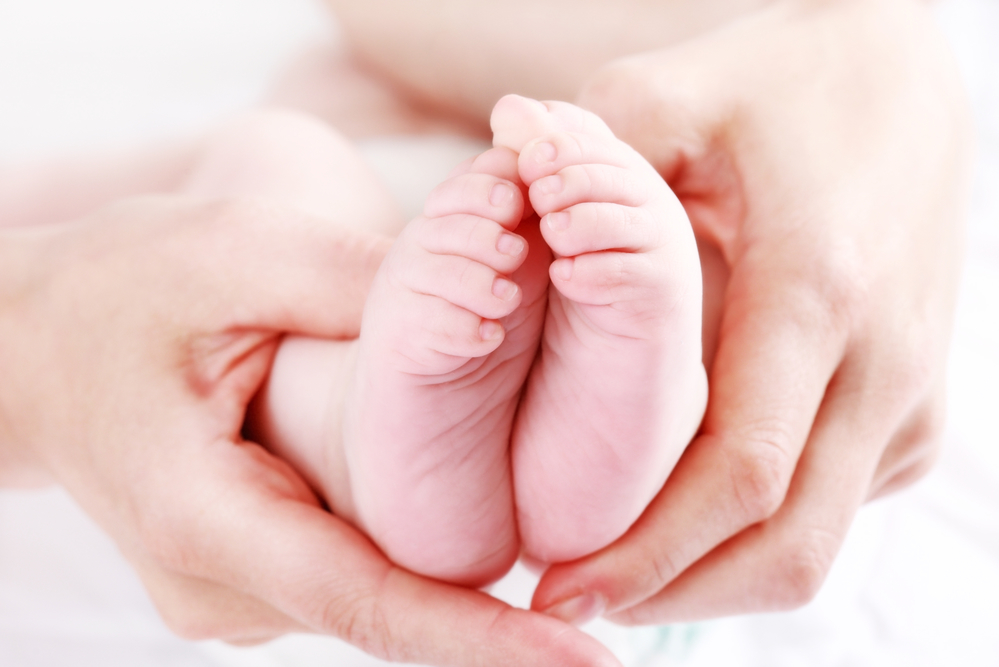
The foot of the child
Common abnormalities (talus valgus, soft varus foot and metatarsus varus) require medical surveillance and daily » skin stimulation » (with toothbrush).
The “feet that turn in” is often benign in relation to growth. Treatment: sit the child ” in the tailor position ” during the day, and lie “on your back ” when sleeping.
The flat foot arches when the child is on the tip of the feet. Treatment: Avoid overweight. Orthopedic soles if flattened important and after the age of 4-5 years.
Shoes: preferably leather (sports shoes are made for sport!), a rising rod to «hold» the foot, a firm posterior buttress to hold the heel, and often change size.
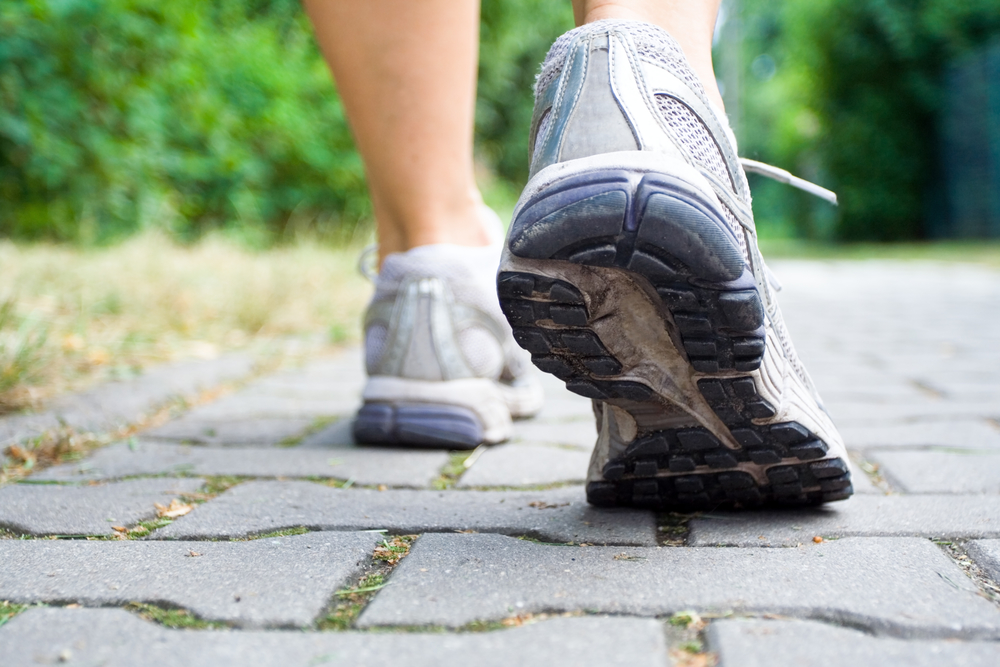
The foot of the athlete
The professional athlete, a separate entity, deserves special attention. On the other hand, leisure sport concerns all of us one day or the other, and the foot is particularly exposed in running, football, tennis, golf and classical dance (with particularities for each of these disciplines).
Microtrauma, insufficient training and poor performance of a sporting gesture are often responsible for most of the injuries encountered. We must not forget to be demanding about the specificity of the shoes, and take into account the terrain.
The most frequent lesions are: stress fracture, tibial periostitis, plantar fasciitis, insertion tendinitis, degenerative tendinosis with rupture (especially rupture (especially the Achilles tendon)), the particular syndrome in front and back of the ankle joint, and the subungual hematoma.
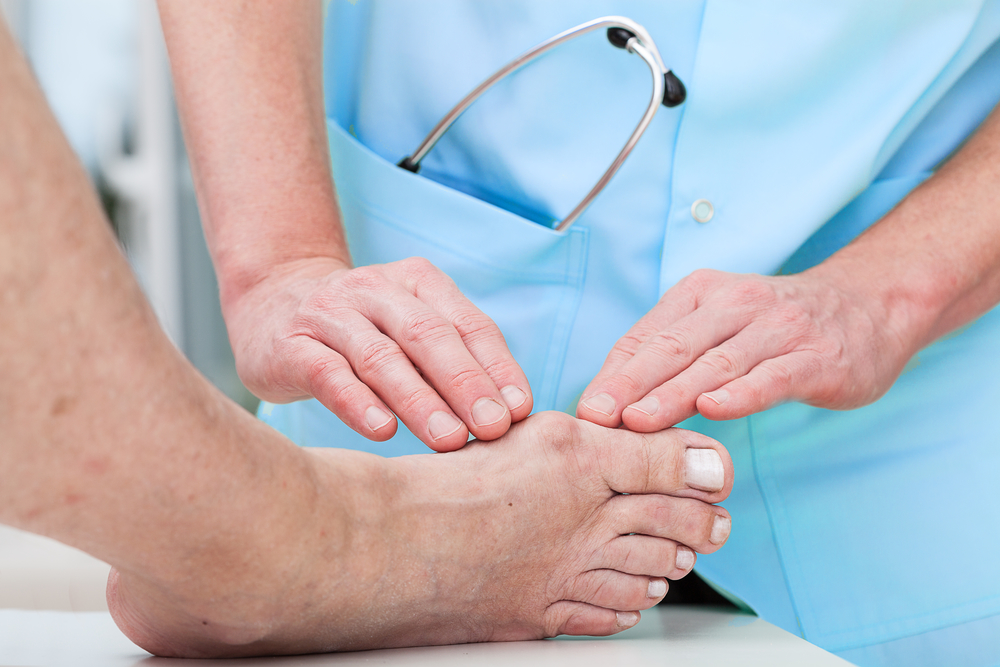
The foot of the senior
With the lengthening of life, it is the aggravation of pre-existing disorders.
Aging affects all the elements of the foot: thin skin and modified nails: pedicure, soles. Weakened bone (fracture): daily walking. Muscle less supple, tendon shortening: physiotherapy. The sensitivity of the foot decreases with disturbance of balance and risk of fall (fracture): exercises.
The shoe should be comfortable, wide, light and with a convenient closure.
The skin of your feet
It is the thickest of all the body, but forgotten and buried in a sock and shoe so often inhospitable.
Thickening of the corneal layer of the skin: the corn (dorsal), the partridge eye (on the side) of the toe, and the callus (plantar): soften the corn + pumice stone, etc. then pedicure + plantar orthosis or orthoplasty,… otherwise Surgery.
Viral and infectious disease: plantar wart: ablation or laser; but especially hygiene and slippers or “flip flops” if wet; mycosis (fungal infection) between the toes: antifungal; but especially hygiene (daily washing, drying, socks changed daily and shoes that breathe ).
Excessive perspiration: hygiene, anti-sweating, deodorant, ionophoresis, and shoes (perforated or hydrophilic stem, absorbent soles or natural rubber).
The nail: onychomycosis: antifungal and pedicure; the ingrown nail (hypertrophic bulge, curved nail, bad cut of the nail): disinfection, pedicure (removal of the spur ungual, blade straightening the nail), if recurrence: Surgery.
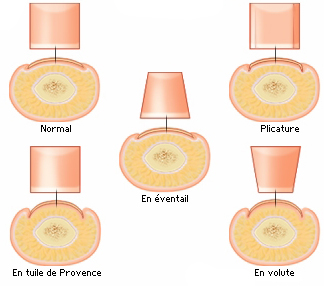
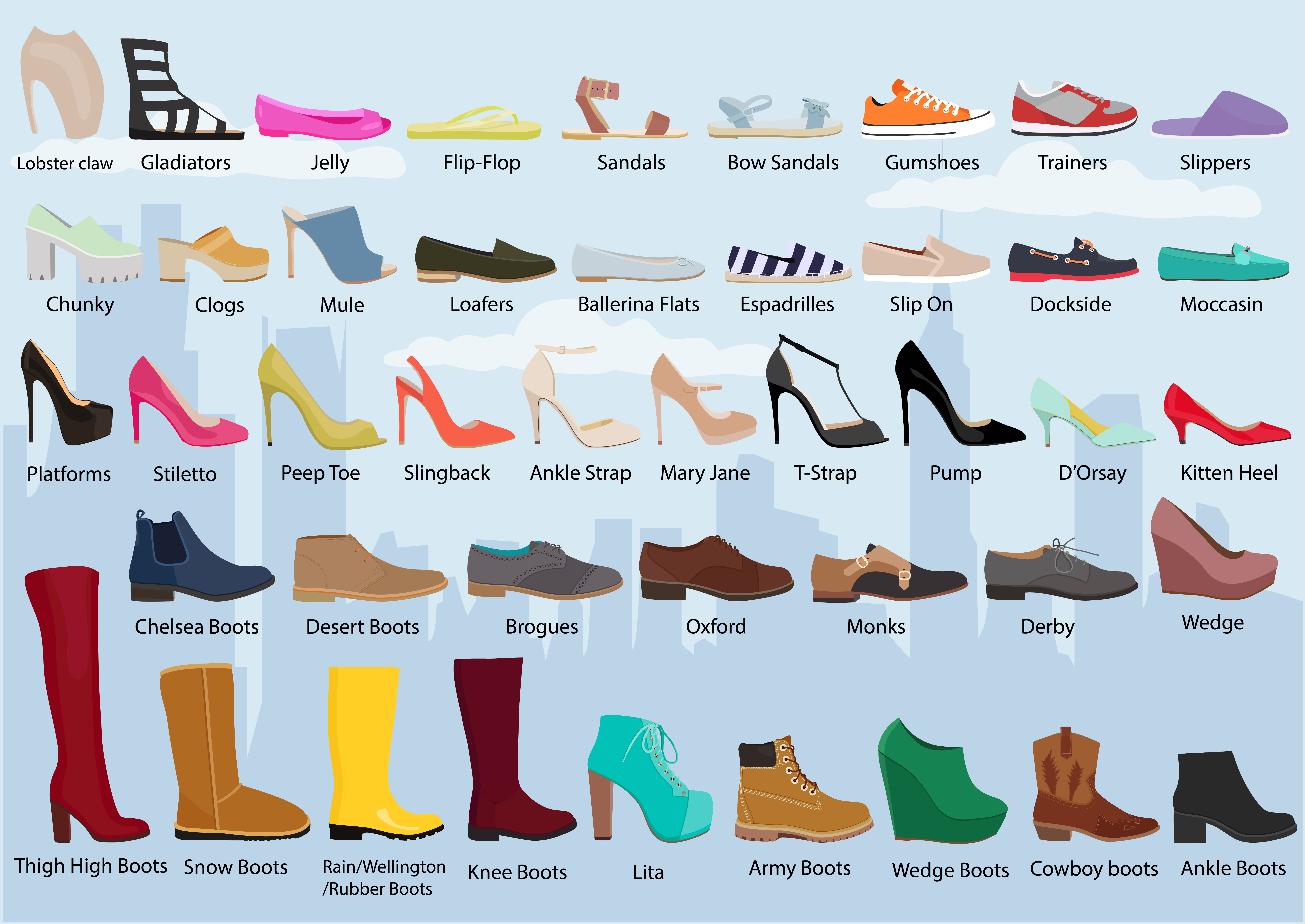
And the foot in his shoe!
The shoe must be adapted according to age, sex, activity (work, sport), pathology. The elegant and feminine shoe very often constrains the contours of the foot and raises the heel, which explains many problems with its consequences.
The “ideal shoe” is, at best, a compromise: the sole must be wide enough, the foot resting exclusively on it, the rest being just a cover.
The lacing allows a better adaptation of the foot in the shoe.


